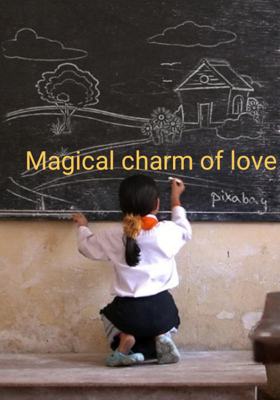The End of the Trail
The End of the Trail


**********************
The End of the Trail
**********************
The End of the Trail Dated 1918,
Artist was James Earle Fraser
American, 1876–1953,
A best-known sculpture,
Symbolises the genocide of
Native American peoples
Amid relentless westward expansion,
A sculpture by James Earle Fraser
Located in Waupun, Wisconsin, United States.
It depicts that
A weary Native American man
Hanging limp
As his weary horse comes
To the edge of the Pacific Ocean
And, the statue is
A commentary,
On the damage that
Euro-American settlement
Inflicted upon Native Americans.
The main figure embodies
The suffering and
Exhaustion of
People driven
From their native lands
And
Lone figure on his weary horse,
One of the most recognized symbols
Of the American West is
A reverent memorial
To a great and valiant people,
As a reminder of defeat and
Subjugation a century ago.
"End of the Trail" wasn't a painting,
It was a sculpture,
The monumental,
18' plaster sculpture,
Created for San Francisco's
1915 Panama-Pacific International Exposition and
Received the exposition's Gold Medal
For sculpture and
The image was widely
Reproduced in postcard,
Print, curio and miniature form.
The first The End Of The Trail sculpture
Of only 18 inches tall and
No body knows,
Where the 18 inch sculpture is.
Which had been handed down
From his grand father to a museum.
James Earle Fraser,
Who designed it,
Hoped his masterpiece
Would be cast in bronze
And placed on Presidio Point
Overlooking San Francisco Bay,
The restrictions during
The First World War made
The hope impossible,
And in 1920, the city of Visalia, California,
Obtained the discarded statue
And placed it in Mooney Park,
Where it remained,
In a gradually deteriorating condition,
For 48 years
And in 1968,
The National Cowboy & Western Heritage Museum acquired the original plaster statue, Restored it to its original magnificence,
And made it a focal point of the museum.
When James Earle Fraser,
Completed his model of the End of the Trail, American civilization
Stretched from shore to shore
And most Euro-Americans
Believed the frontier period was over
And that such progress was inevitable.
Many viewed Native Americans,
As part of the past,
A vanishing race
With no place in the twentieth century.
Popular literature portrayed
Indian people as "savages,"
Noble or otherwise,
But Fraser's The End of the Trail
Reflects this legacy that
A nineteenth century Indian warrior
Defeated and bound for oblivion --
Frozen in time.
The 15-year-old Fraser,
Then a student at the
School of the Art Institute,
Produced the first version of
The bronze sculpture,
In 1893,
The year of the World’s Columbian Exposition in Chicago,
Reenforcing the
Conception of
The so-called vanishing Indian,
And, the work portrays
An exhausted Sioux
Drooping over his equally weary pony;
Both rider and horse have reached
The end of the trail.

























































